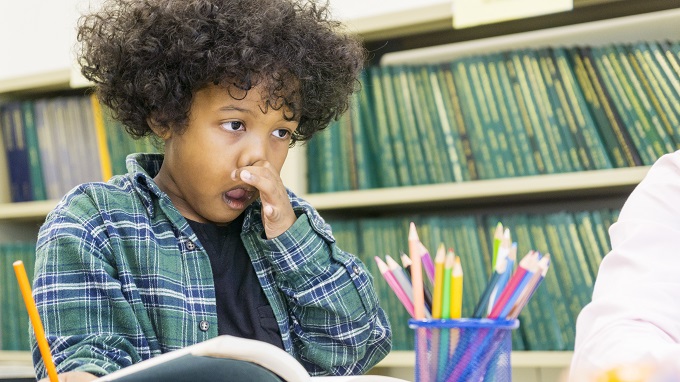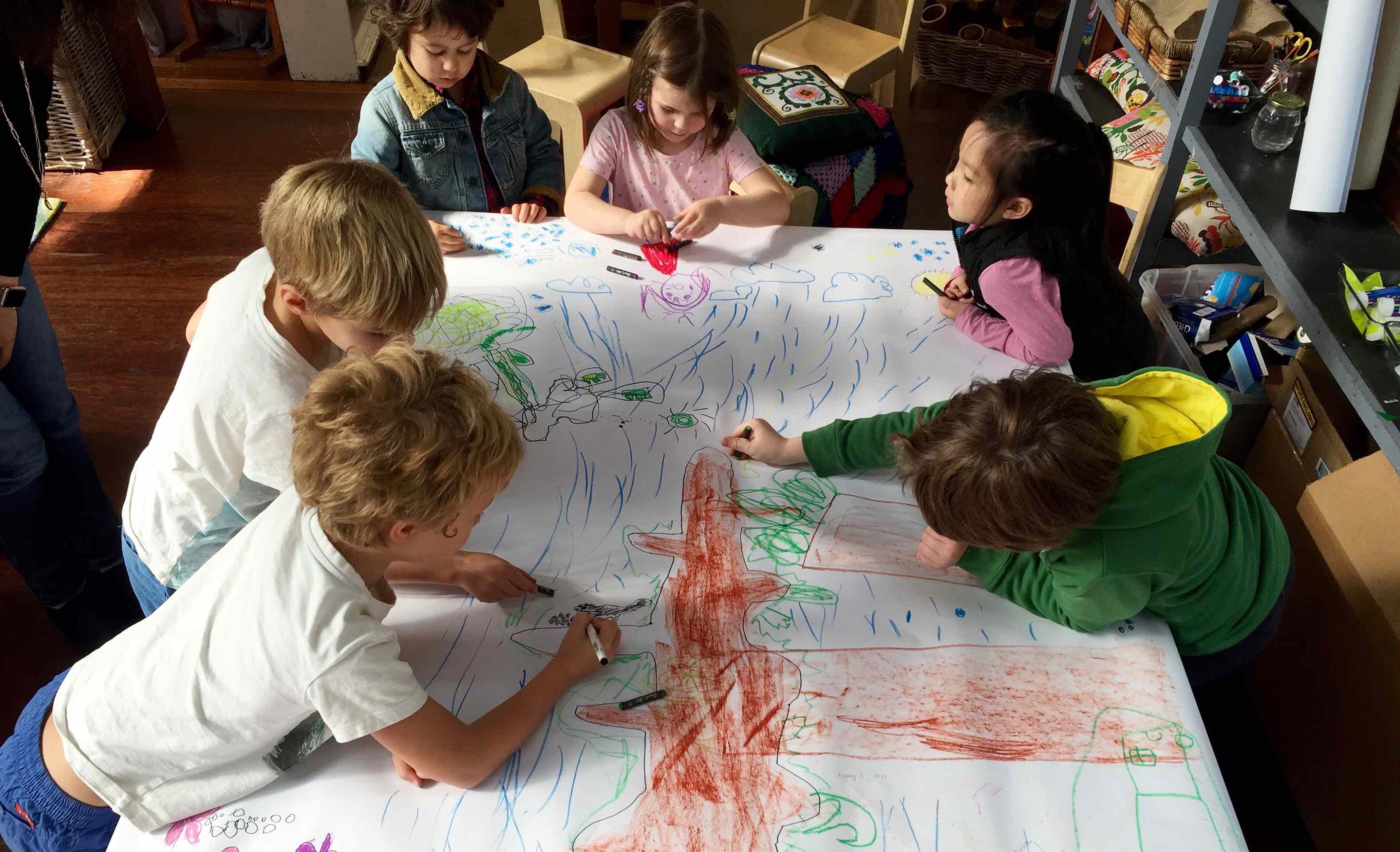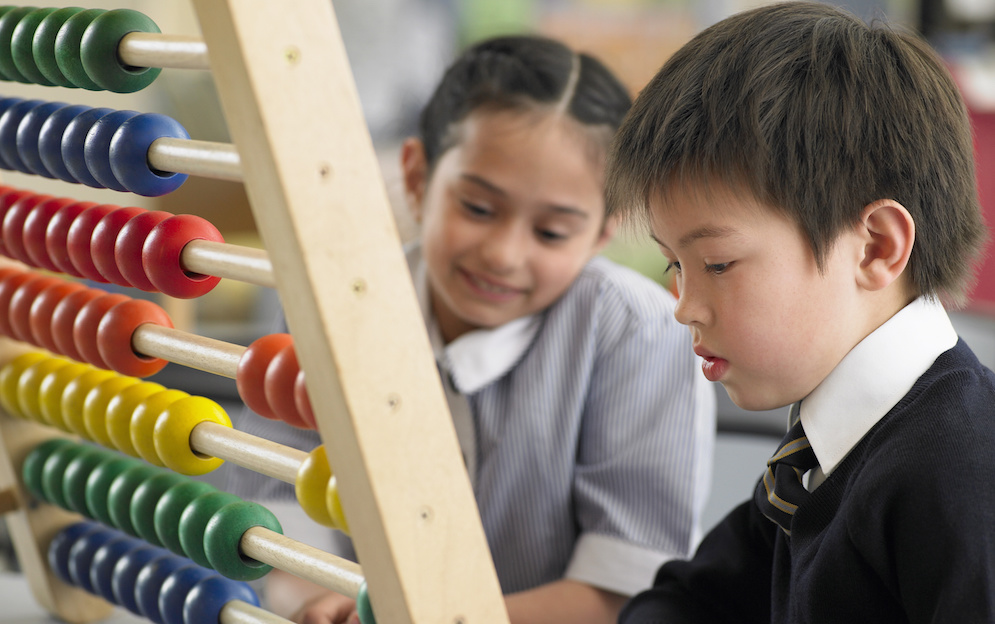
Australian classrooms are recording high levels of carbon dioxide and other pollutants, says Built Environment Professor Mat Santamouris.
Australian classrooms are registering up to four times the recommended amount of carbon dioxide, a UNSW Built Environment study has found.
Carbon dioxide levels of up to 4000ppm were recorded in a classroom, four times the recommended 1000ppm threshold for students.
“Under these conditions, both the teacher and the students are sleepy and tired and their learning capacity is reduced tremendously,” Scientia Professor Mat Santamouris, the Anita Lawrence Chair in High Performance Architecture said.
The study found there are great learning and health benefits from installing advanced and hybrid ventilation systems to remove the pollutants from Australian classrooms.
The system is a standard used in many schools in Europe.
“There are high level of pollutants in classrooms due to the number of people inside classrooms, who breathe out carbon dioxide and bring in biological contaminants,” he said.
Solvents from white board markers and particulates such as dust also contribute to classroom pollution.
“Schools are not always clean, they have a lot of dust. Worse, students enter with their dirty shoes and they step over everything that results in high indoor concentration of dust. The other problem is biological contamination and if you don’t have proper ventilation, the microbes stay in the environment. So once one child is sick, everyone is sick.“
Professor Santamouris says the level of pollutants inside a classroom continue to increase if the windows and doors are closed for air-conditioning or bad weather.
“If you close the door because it is a hot day and you want to turn the air-conditioning onwithout ventilation, or it is raining outside, or if the building is next to a main road, then the level of pollutants inside the room continue to go up.”
He said there needed to be very high ventilation in schools, “close to 7 litres per second per pupil”, in order to have good indoor air quality and to avoid the problem of biological contamination.
“This is an international standard that applies all over the world and is an Australian law, but unfortunately, this is not the case in our schools, because most schools rely on natural ventilation, so they open windows,” he said.
“If you have fine weather, this is ok. But this is not ok if you live next to a busy road or, in about a third of the time, the weather is bad and you need to close the windows and doors.”
During the study, a team from UNSW’s Cooperative Research Centre for Low Carbon Living installed a hybrid ventilation system at a school in Sydney.
The hybrid system is a passive but highly efficient ventilation system which is run by a computer.
A small device called a ‘HealthBox 3 by Renson’ measures the indoor air quality in the classroom. Once the classroom exceeds the recommended classroom threshold of 850ppm, the HealthBox 3 flushes the contaminated air and window ventilators supply fresh air to the room.
“This is a system that has a lot of advantages. It provides ventilation, which is the number one requirement in schools because it relates to health and learning capacity. There are also no running costs.”
He said ventilation was much more beneficial than air conditioning in schools.
“Air-conditioning in schools is a disaster, especially with split systems, as they do not provide ventilation,” he said.
“If you don’t have ventilation, it will result in terrible indoor pollution and high biological contamination. Air-conditioning without ventilation for schools is the worst possible solution you can imagine.”
The professor recommends schools keep cool by installing passive cooling techniques such as shading, insulation, double glazed windows and cool roofs.








Your CO2 news is ridiculous because we breathe out CO2 in amounts equal to 5% of breath which is far higher than the numbers cited in your article. Please get proper scientists to check your articles. Actually, most high school science students could have picked this up. Embarrassing!
Hi Barry,
Which stat do you think sounds ridiculous? This article cites a specific study and quotes the involved Professor – I would be happy to enquire further about any specific stat you believe sounds incorrect.
Kind regards,
Rosie